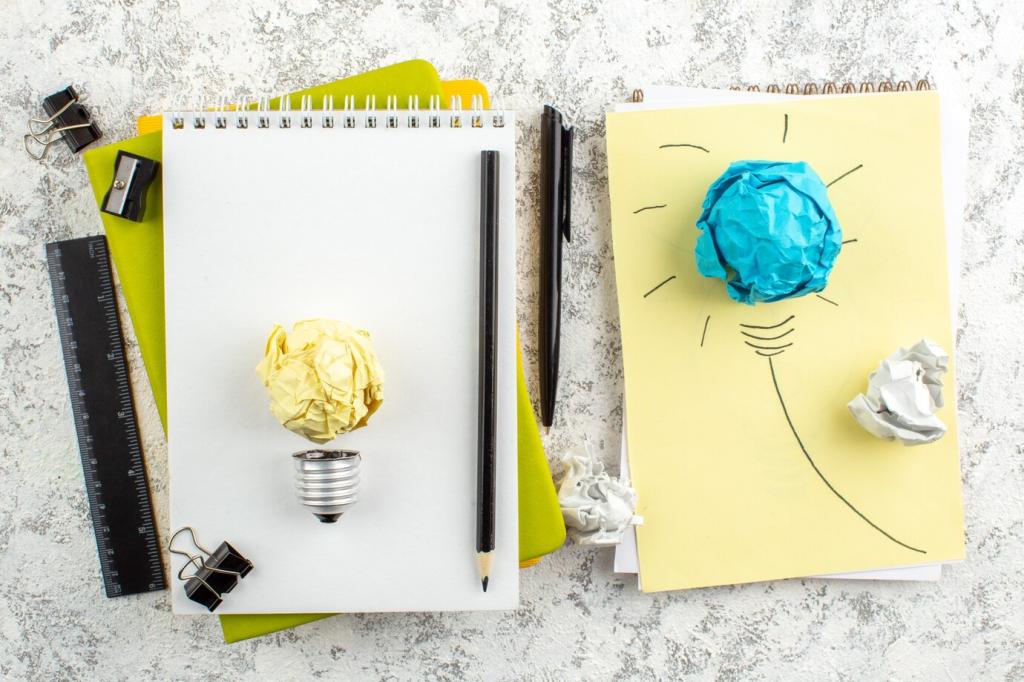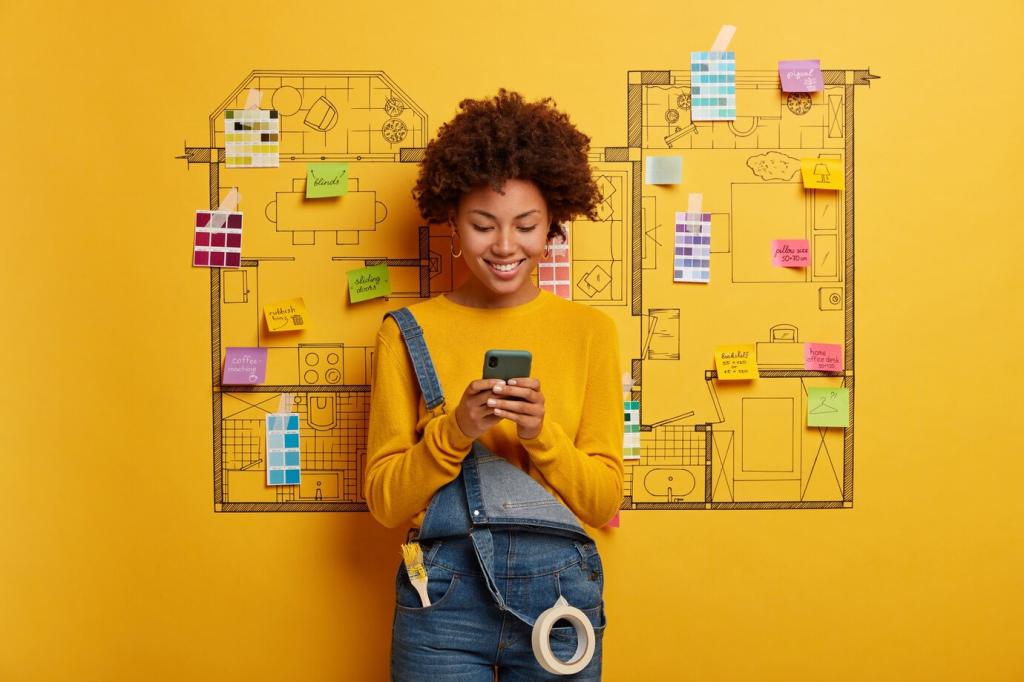
Getting Started with Arduino: A Beginner's Guide
This edition focuses on Getting Started with Arduino: A Beginner’s Guide. Discover a friendly path from unboxing your board to lighting your first LED, building confidence through small wins, practical tips, and community-driven inspiration. Subscribe, comment with your goals, and let us cheer on your first experiments.





Setting Up Your First Arduino Workspace
For most beginners, the Arduino Uno or a compatible board is perfect: sturdy, well-documented, and supported by countless guides. If portability matters, consider Nano. Ask in the comments about your needs, and we will recommend a suitable first board.
Setting Up Your First Arduino Workspace
Download the Arduino IDE, connect your board via USB, select the correct board and port, and you are already halfway to blinking an LED. If something fails, share the exact error message below so others can help diagnose quickly and accurately.
Your First Sketch: Blink, Debug, Celebrate
Void setup runs once, pinMode configures the LED pin, and void loop repeats forever, toggling the LED with delays. Read each line aloud to reduce confusion. Ask below if any term feels mysterious, and we will explain in plain, friendly language.


Your First Sketch: Blink, Debug, Celebrate
Check the USB cable, board setting, and port selection. Close other serial tools. Try a different cable if power is flaky. Share your troubleshooting steps in the comments, so beginners learn a calm, methodical process from your real experience.
Safe Circuits: Breadboards, Resistors, and Power
Breadboards let you prototype without soldering. Power rails run along the sides, while rows connect components neatly. Color-code jumper wires to reduce mistakes. Share a diagram you drew by hand, and we will review it with friendly suggestions.

Safe Circuits: Breadboards, Resistors, and Power
An LED needs a resistor to limit current; otherwise it may burn out instantly. Start with 220 ohms for typical red LEDs. Tell us which resistors you have, and we will help you calculate safe values using a simple rule of thumb.
From Inputs to Outputs: Sensors, Servos, and Serial
Plug a photoresistor voltage divider into A0, then use analogRead to see changing values as you shade the sensor. Watching numbers shift builds intuition. Post your sensor choice, and we will suggest tidy wiring that avoids noisy, unstable readings.

Growing with the Community: Projects, Libraries, and Next Steps
The Library Manager helps you install code for sensors, displays, and motors. Read examples first, then adapt carefully. Share the library you want to try, and we will suggest a minimal example that proves everything works before you expand features.
A finished simple project beats a half-built ambitious one. Start with a night-light, kitchen timer, or plant moisture alarm. Tell us your time budget and parts list, and we will propose a realistic, motivating milestone you can complete this week.
Explain what you expected, what happened, and what you tried. Include wiring photos, code snippets, and error text. That clarity invites better support. Post your question below, and let this community turn confusion into your next proud breakthrough.

